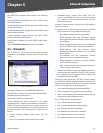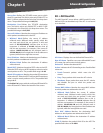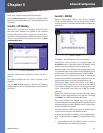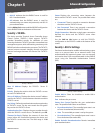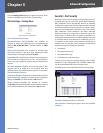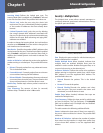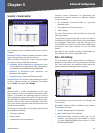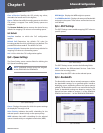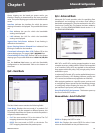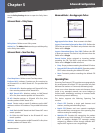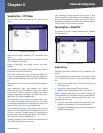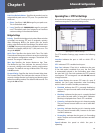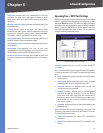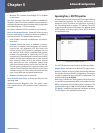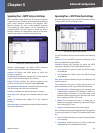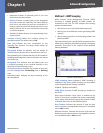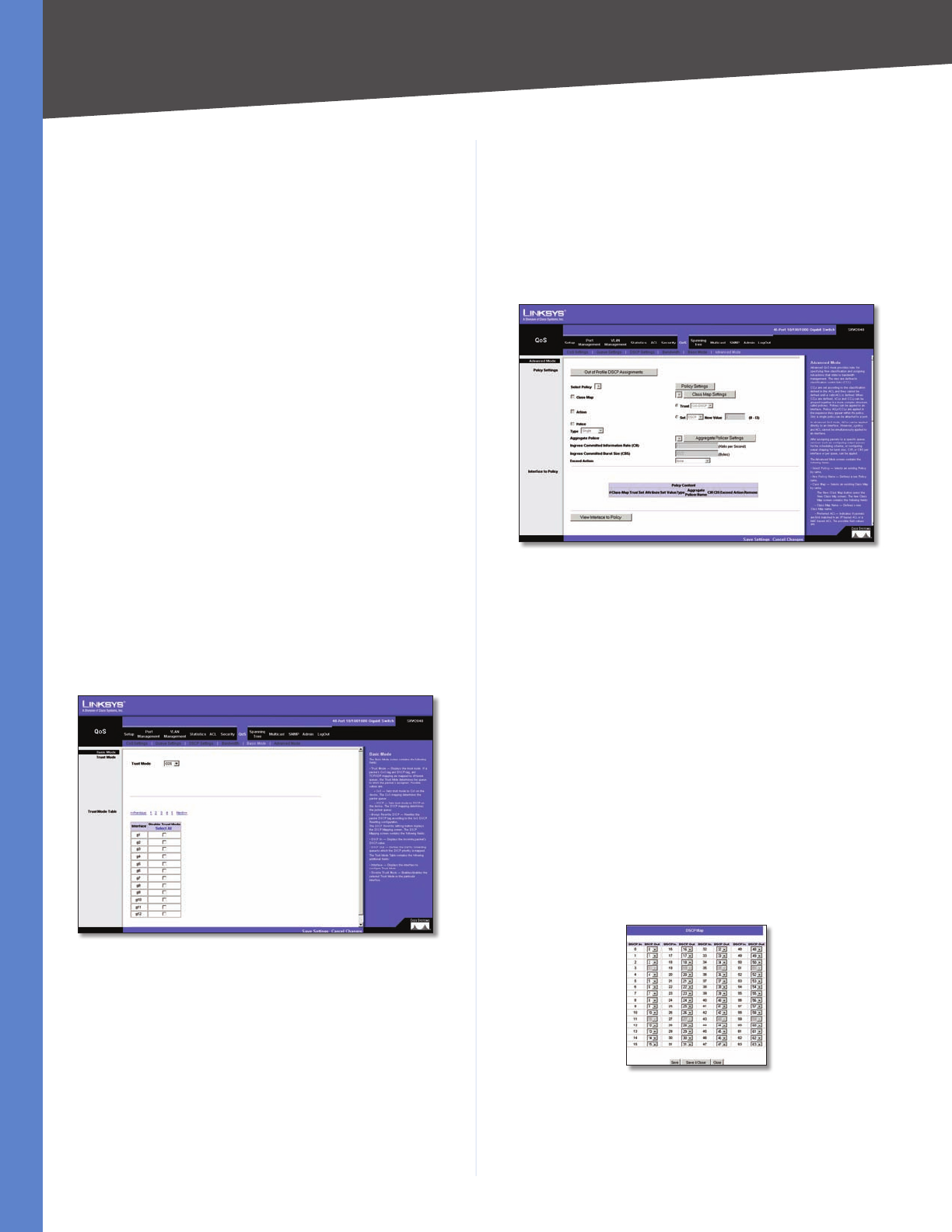
Chapter 5
Advanced Configuration
42
WebView Switches
Queue shaping can be based per queue and/or per
interface. Shaping is determined by the lower specified
value. The queue shaping type is selected in the Bandwidth
screen.
Interface Indicates the interface for which the queue
shaping information is displayed. The possible field values
are:
Port • Indicates the port for which the bandwidth
settings are displayed.
LAG • Indicates the LAG for which the bandwidth
settings are displayed.
Ingress Rate Limit Status Indicates if rate limiting is
defined on the interface.
Egress Shaping Rate on Selected Port Indicates if rate
limiting is enabled on the interface.
Committed Information Rate (CIR) Defines CIR as the
queue shaping type. The range is 64–1,000,000 Kbps.
Committed Burst Size (CBS) Defines CBS as the queue
shaping type. The possible field value is 4096–16,769,020
bits.
Use the Add to List button to add the Bandwidth
configuration to the Bandwidth Table at the bottom of
the screen.
QoS > Basic Mode
QoS > Basic Mode
The Basic Mode screen contains the following fields:
Trust Mode Displays the trust mode. If a packet’s CoS
tag and DSCP tag are mapped to different queues, the
Trust Mode determines the queue to which the packet is
assigned. Possible values are:
CoS • Sets trust mode to CoS on the device. The CoS
mapping determines the packet queue
DSCP • Sets trust mode to DSCP on the device. The
DSCP mapping determines the packet queue
QoS > Advanced Mode
Advanced QoS mode provides rules for specifying flow
classification and assigning rule actions that relate to
bandwidth management. The rules are based on the ACLs
(see Access Control Tab). This feature has been added to
version 1.2 of the SRW2024/SRW2016 and version 1.1 of
the SRW224G4/SRW248G4.
QoS > Advanced Mode
MAC ACLs and IP ACLs can be grouped together in more
complex structures, called policies. Policies can be applied
to an interface. Policy ACLs are applied in the sequence
they appear within the policy. Only a single policy can be
attached to a port.
In advanced QoS mode, ACLs can be applied directly to an
interface in Security > ACL Binding. However, a policy and
ACL cannot be simultaneously applied to an interface.
After assigning packets to a specific queue, services such
as configuring output queues for the scheduling scheme,
or configuring output shaping for burst size, CIR, or CBS
per interface or per queue, can be applied.
Out of Profile DSCP Assignments This button opens up
the Out of Profile DSCP screen.
Advanced Mode > Out of Profile DSCP
Advanced Mode > Out of Profile DSCP
DSCP In Displays the DSCP In value.
DSCP Out Displays the current DSCP Out value. A new
value can be selected from the pull-down menu.



